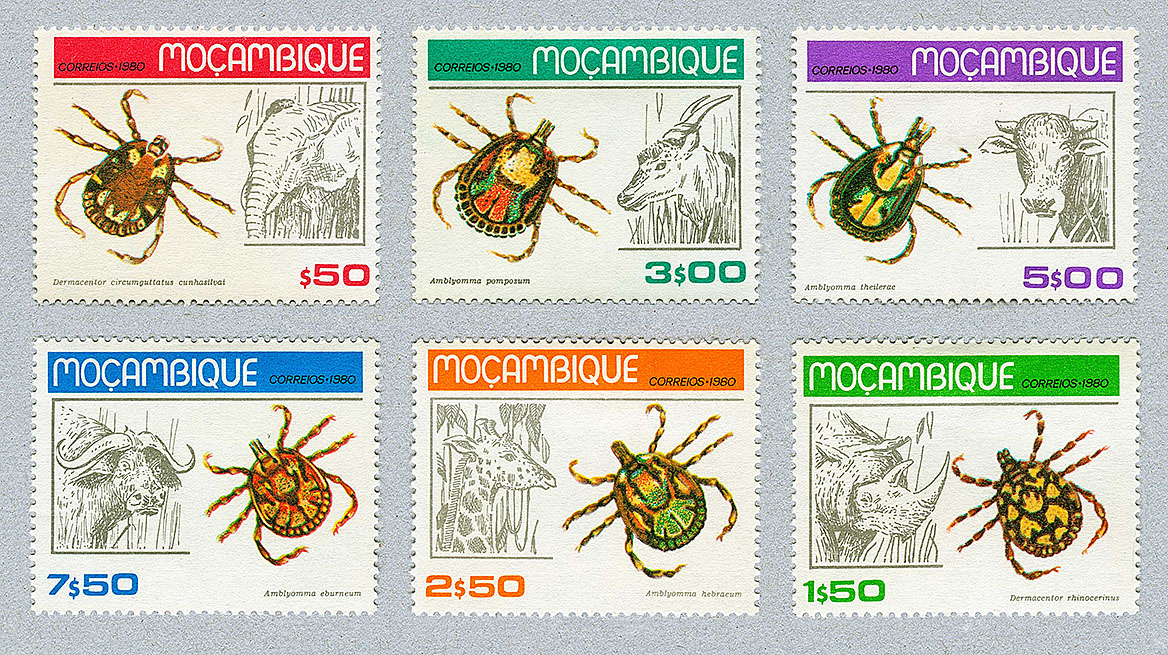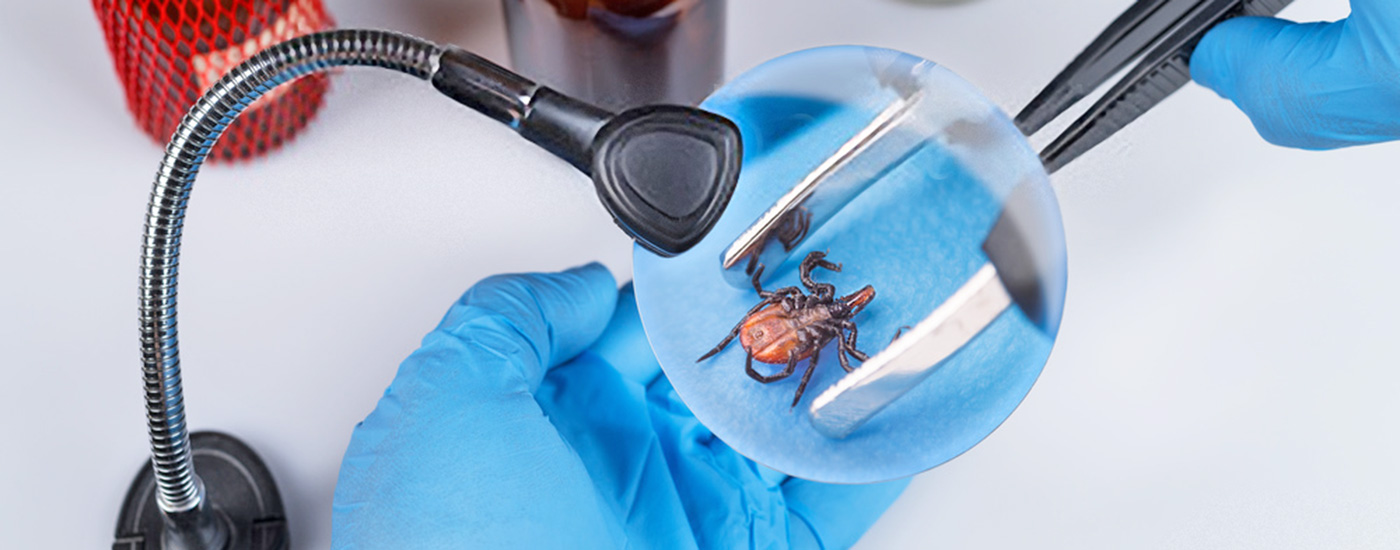
Contract research
We also carry out contract research studies. Some examples of our applied scientific research are listed below.
Tick-survival tests
We examined aspects of tick survival that are of general interest. If ticks are carried home after a visit to the forest, e.g. on clothing or by pets, the question arises whether they can survive and develop in the home.
According to our investigations, the European sheep tick can survive from a few days up to several weeks under room conditions, depending on its stage of development. For this reason, clothing should not be left in the bedroom after a visit to the forest, where it is easy for any ticks you may have brought with you to reach people. On the other hand, this tick species cannot reproduce in homes.
Is the risk of ticks eliminated if clothes are washed immediately? Our tests show that ticks can survive a washing cycle in the laundry machine if the washing temperature is 40°C or less. At 60°C or more, on the positive side, they are safely killed, the same applies to tumble drying. We have also investigated the survival time of ticks under water. Interestingly, ticks can survive for weeks in oxygen-rich water and even molt under water. Further information, e.g. on ways to kill ticks safely without exposing yourself to the risk of infection, can be found at www.zecken.de.
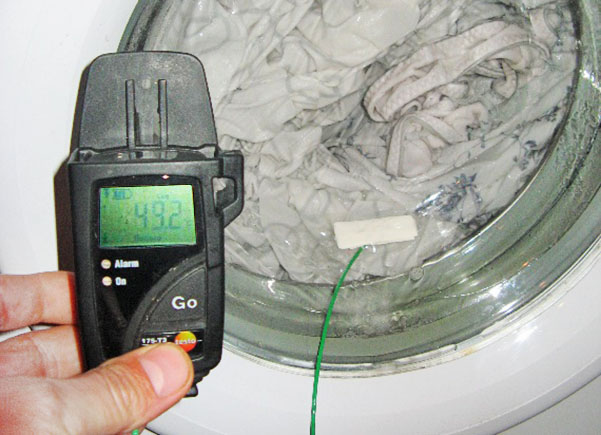
Testing the viability of ticks in the washing machine 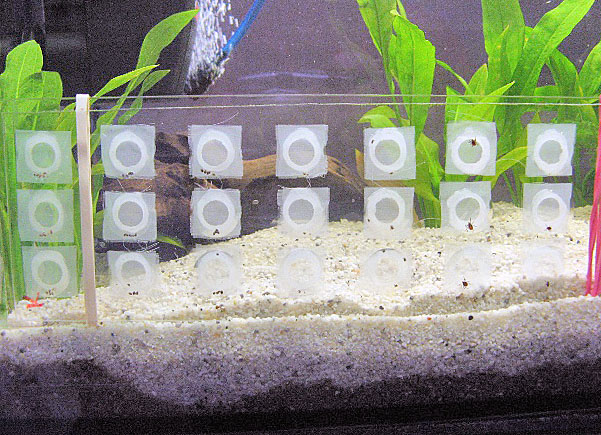
Determination of the survival time of ticks under water experimental setup 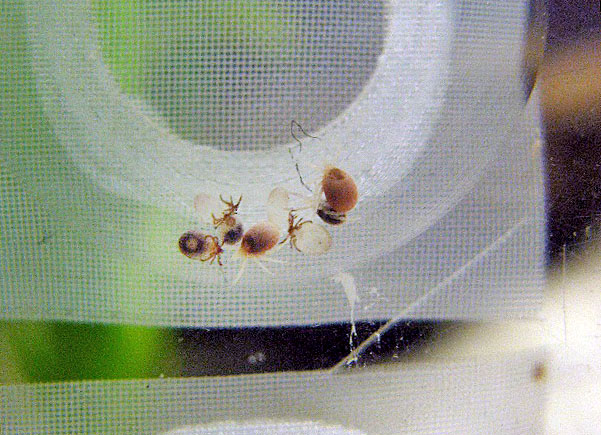
nymphs that have molted under water
Diapause
Ticks are active most of the year. If a tick larva or nymph drops off from its host in spring, the engorged tick molts to the next stage in the same summer. If, on the other hand, it engorges in late summer/autumn, then it enters a hibernation phase, the so-called diapause, and does not molt until the following summer.
As part of the “Oswald” research project we investigated the influence of various environmental factors on the occurrence of this diapause in the laboratory. The ticks were kept under longday (16 hours of light and 8 hours of darkness) before feeding, to signal that it was now “summer”, but after feeding they were kept at different day lengths and temperatures. It turned out that short day periods may induce a diapause, whereas long day periods do not. Temperatures below 15°C can induce a diapause regardless of the length of the day, while conversely it is prevented at more than about 25°C. It was also found that, in addition to day length and temperature, the age of the ticks before feeding is also of importance in this context. As summer temperatures may rise in the course of climate change, it is to be expected that the phase of diapause may also shift seasonally.
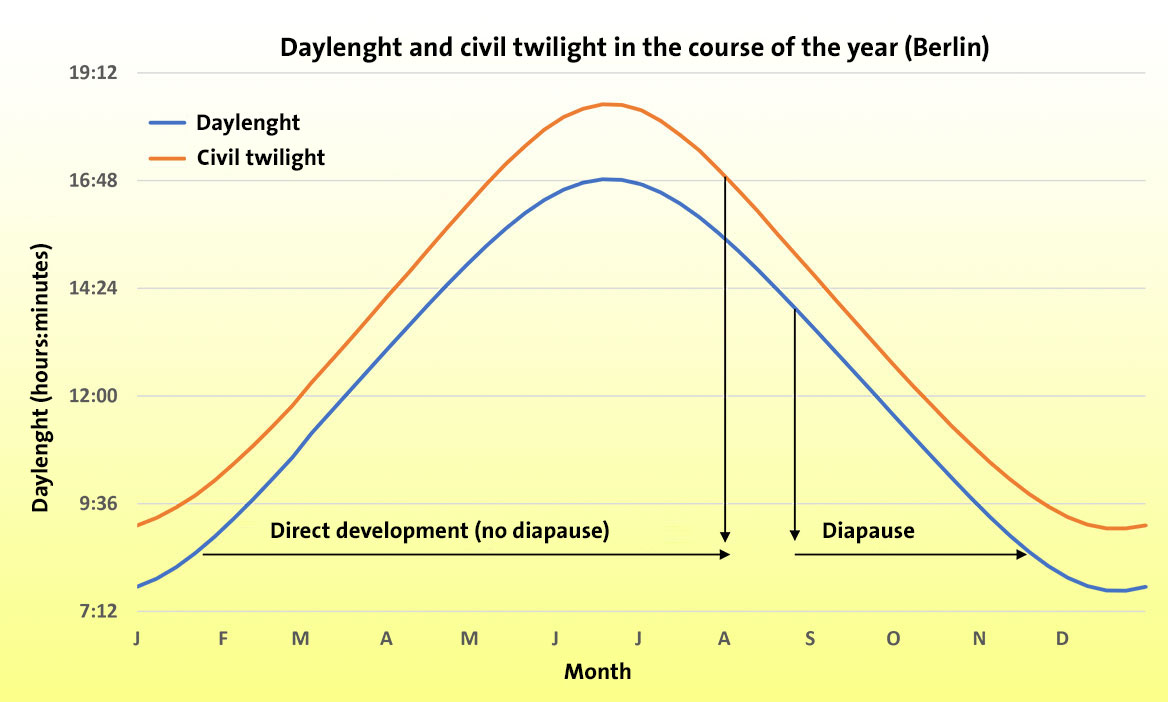
Tick olympics
As part of a literature research we determined in cooperation with tick-radar GmbH the top performances of the numerous tick species worldwide in various “disciplines”, e.g. which is the largest or the smallest tick, which sucs blood fastest or lays the most eggs etc. Interestingly, there is also a native species among the “record holders”. The pigeon tick (Argas reflexus), for example, is one of the tick species that survives without blood feeding for the longest time (up to 9 years) and is best adapted to drought (Dautel, 1999).
On a locomotive compensator, the so-called Kramerkugel, we investigated the running speed of different tick species at different temperatures. As expected, ticks, as poikilothermic animals, run faster at higher temperatures than at lower ones. Among the fastest ticks with > 50 mm/s (at 35°C) examined by us is a species from the genus Hyalomma. Species of this genus, e.g. Hyalomma marginatum are among the so-called hunters, which actively approach a host.
The most beautiful ticks on the other hand originate from the genera Amblyomma and Dermacentor and have already been eternalized on stamps together with their hosts.
